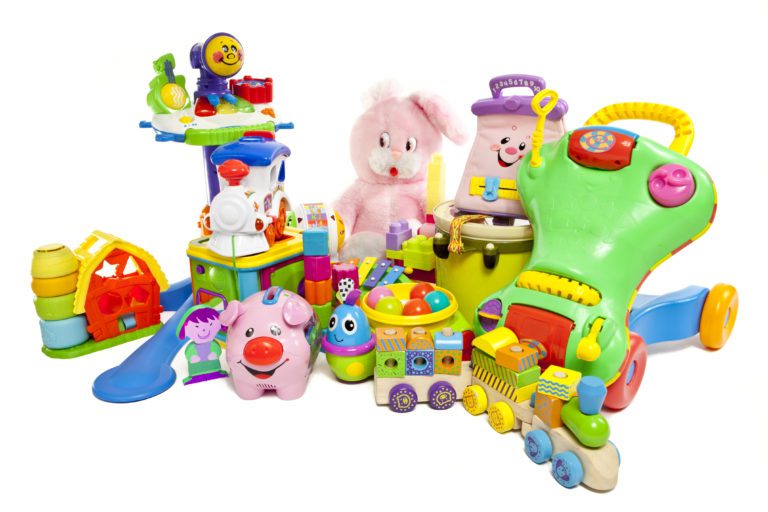Babies are excited to learn about the world around them. Providing your baby with toys that are safe and stimulating helps them explore their senses. Toys can also add to the sensory experience— and we have top recommendations to get your little one interacting with their world.
Sensory Toys
After that initial newborn phase, toys for babies become more than just a visually fascinating distraction. Sensory-based toys provide so many advantages for our babies. Babies at this age are exploring their full five senses and they are also learning to explore and use their creativity.
Toys targeted for this age group can aid development, help babies tune into their senses, and teach them about sound, colors, and textures. Curiosity kicks in with full force in babies from 6 to 12 months old as they start to recognize faces and items, and that’s when the real interaction begins!
Baby Walkers
Your baby is growing rapidly, and walking is an important event and skill development in a baby’s life. To help your baby find their mobility and freedom, consider having your baby use a walker.
There is no set age for a baby to use a walker. Baby’s development, strength, and size should be considered before choosing a toy that fits baby right now and in the future. Walkers are designed for babies between ages 4 to 16 months.
To use a walker, your baby needs to be able to hold their head securely and have their feet touch the floor when placed in the walker. Scan the room and area all around the walker—are there any dangerous areas such as stairs? Keep a few baby gates around to help define baby’s safe play area.
Interactive Push Walker
An interactive push walker helps babies begin to crawl and walk as they crawl and pull to stand up and reach for their toys. Ideally, start this toy from 9 months of age and up, but every baby is different.
An interactive push toy is perfect for tummy time, and then, as they seem to try to start walking, it can be pushed around the room. Remember to keep any dangerous areas, for example stairs, blocked with a baby gate whenever you introduce a wheeled toy like this.
Baby Jumper
There’s no doubt about it—most babies love jumpers! They squeal with delight as they bounce about, pushing off with their legs and letting the springs of the jumper keep them moving and upright.
There is no precise time your baby can begin to use a jumper—follow your little one’s cues. Do they try to push with their legs? Try the jumper but don’t push if baby doesn’t yet “get it.” Every child is different and develops at a different rate.
Typically, baby can start using a jumper when they can firmly hold their head up all on their own. The jumper you may choose should keep your baby’s legs in a natural, relaxed position. Jumpers that keep the legs open can put pressure on their hips, which can complicate healthy hip development. Check with the manufacturer to make sure the jumper size is right for your baby. If the jumper is suspended from a door frame, make sure it fits your door frame securely and properly.
Ride-On Toy
Near the end of baby’s first year there will come that day when you think, “wow, baby has really grown, both physically and developmentally.” Around 9 months of age most babies can sit and play with a ride-on toy, then use the walker handle to pull to a stand and walk using the ride-on as support.
For babies at this age, bright lights and fun sounds onboard the toy, while sitting or standing, can be entertaining. Ride-on toys encourage skills like coordination and balance as they discover how to move around and navigate obstacles.
Activity Table
An activity table lets babies grow into all the fun. Once they can hold their head and body solidly, they can stand at the table for short bursts during the day to explore all the fun toys.
Activity tables stimulate movement, which helps your little one develop and strengthen their muscles. Both fine and gross motor skills are enhanced when your baby interacts with the table, and its toys and features.
Relax, have fun, and enjoy the fact that there are so many buttons to press, mirrors to look into, sounds to mimic, different shapes to sort, and more! Tip: Look for an activity table that has adjustable-height legs so your baby’s favorite toy continues to grow as they do!
YOU MAY ALSO LIKE: Must-Have Toys for Your Newborn Baby






Comments are closed.